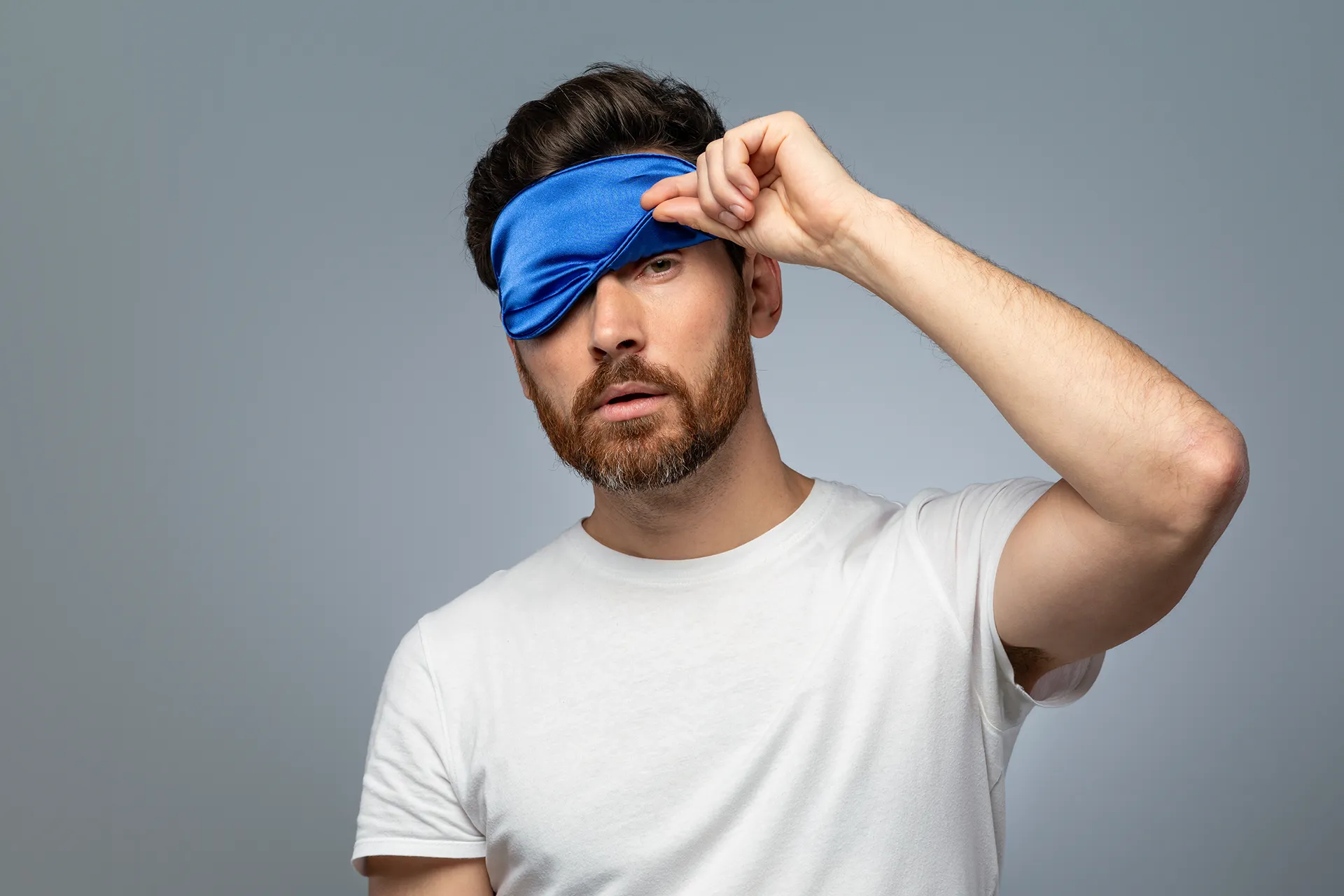You can see a circadian miss—literally. The same signals that govern sleep depth, body temperature, and hormone timing also shape how your skin looks the next morning. Here’s the biology, minus the bedtime lectures.
Your Skin Has a Clock
Skin isn’t just along for the ride. It runs local circadian programs for repair, turnover, and barrier work. Overnight, keratinocytes and fibroblasts lean into maintenance, while blood flow patterns change and the barrier briefly loosens to favor repair activity.
Translation: when sleep timing drifts, the “night shift” for skin gets cut short or rescheduled.
Melatonin, Light, and the Repair Window
Bright light late at night suppresses melatonin, a signal that helps orchestrate sleep timing and downstream repair processes. Morning light, by contrast, anchors the clock for the next night. The mirror test the day after a red-eye or a screen-heavy midnight? Duller tone, crankier skin, and a little extra puff.
Microinflammation & Barrier Behavior
When the skin barrier is slightly “off,” water escapes more easily (transepidermal water loss), the surface feels tighter, and irritants make more noise. Short, choppy, or mistimed sleep nudges microinflammation—small signals that rarely become rashes but do show up as blotchiness, reactivity, or that “why does everything sting?” feeling.
Why Puffiness Happens
Two big players:
- Vascular tone: Alcohol and late meals push vasodilation; histamine can join the party.
- Fluid regulation: Hormones that manage salt and water (think aldosterone/ADH) don’t love circadian chaos. Result: morning puff around the eyes or lower face, especially after late nights, salty dinners, or travel.
Oil, Shine, and the Stress Story
Cortisol (your “get things done” hormone) follows a daily rhythm. When stress is high or timing is off, oil production and skin reactivity can shift. That’s why a turbulent week can look shinier in some zones and dull in others, even if products haven’t changed.
Jet Lag Has a Look
Crossing time zones pulls sleep, temperature, and hormones out of sync for a few days. Skin echoes the mismatch: uneven tone, dehydration lines, and slower-than-usual “bounce back” after a workout or a late night.
What Your Wearable Can Tell You (Indirectly)
RHR, HRV, and sleep stages don’t measure skin—but they narrate the context. A string of short nights or high strain days often precedes what you see: reactive cheeks, puffy eyes, and a flatter overall glow.
Think “patterns, not perfection.” When sleep patterns stabilize, the face usually follows.




